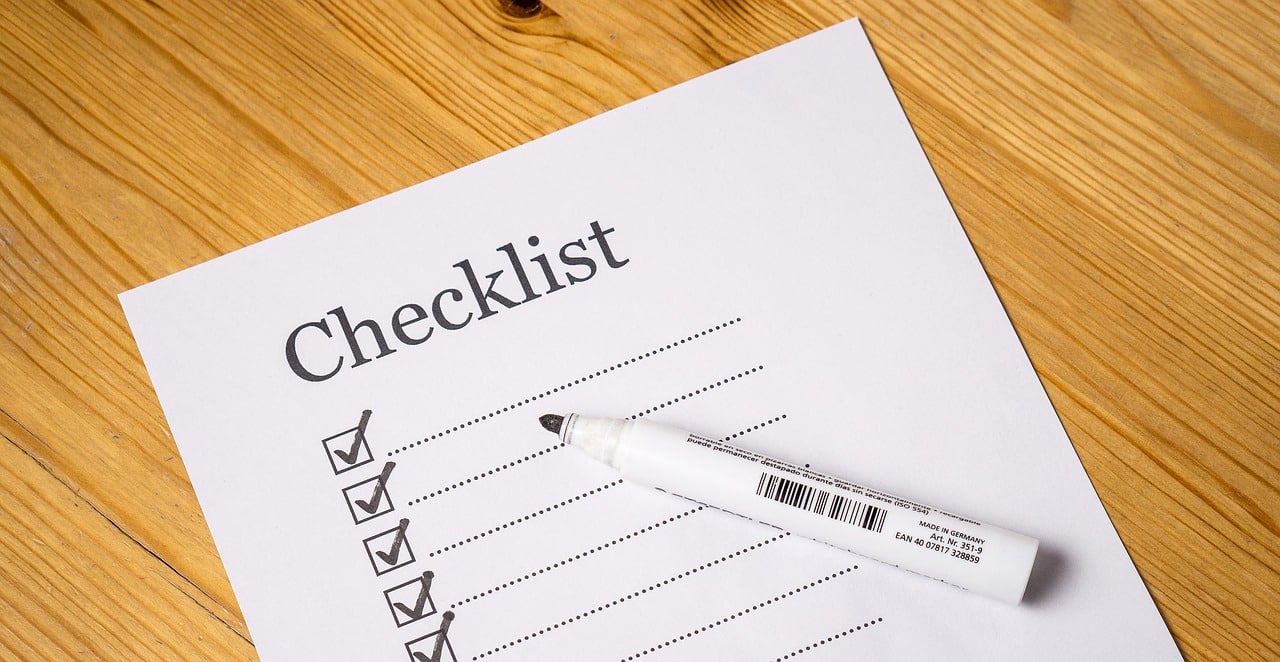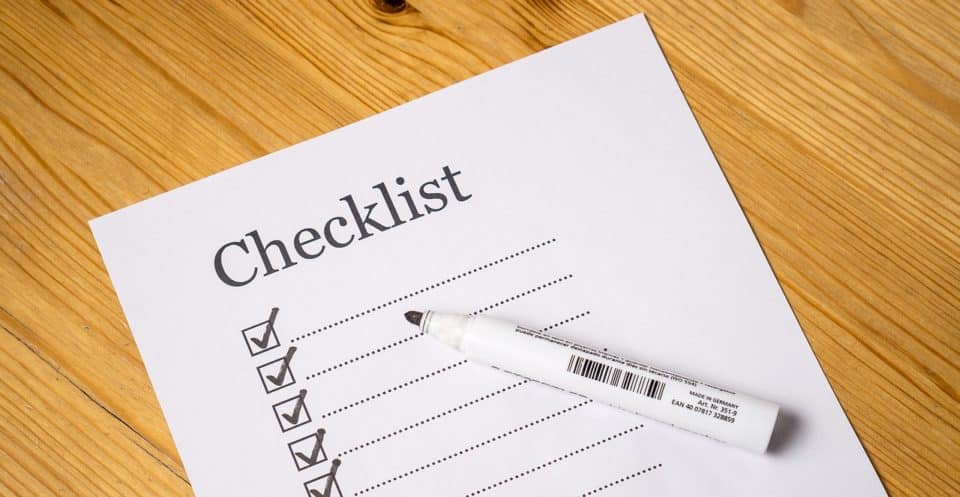SEO isn’t built in a day, which causes a lot of professionals to adopt the set it, forget it mentality, sometimes waiting over a week to check their progress. A great SEO, on the other hand, knows that there’s a number of search-related tasks that can be done on a day-to-day basis.
Many of these tasks represent critical, technical SEO obstacles that, when checked on a frequent basis, can have a big impact on site success.
The purpose of this checklist is to monitor SEO more closely and identify potential issues that can detract from achieving your search goals. Ideally, you’ll power through this list in no time at all; those will be the easy days.
Other days, however, you may find yourself discovering a previously-undetected error that requires an abundance of your time diagnosing and resolving. These days, while not as easy, will also be good because you’ll be able to avoid the potential disasters lurking in your technical SEO.
Let’s explore the item’s on the day-to-day SEO checklist.
Item #1: Start At The Search Console
The most important stop on your SEO checklist is Google Search Console. While this is a great tool for digging deep into data and finding interesting insights about keyword trends, individual page performance and so on, what we’re really looking for in the day-to-day is crisis-level errors.
The Overview tab is a great place to start. You want to quickly examine the data visualizations under this section for irregularities. Is site performance suddenly cratering? Is there an increase in “Pages with errors?” These could be signs of technical SEO issues plaguing your site. You can even dig a little deeper into page errors under the Coverage section.
Exploring your Sitemaps is also an important stop in Search Console, especially if you have a number of different sitemaps. The status column will show if there are any errors in the crawling of the sitemaps. If there is a glaring number of errors, you’ll want to investigate further and then re-submit the sitemap. As you check in again later in the week, keep an eye on “Last read,” as this will tell you when Google has taken action to crawl the sitemap again.
Google Search Console also recommends SEO steps under the “Manual actions” category. Most SEOs rarely see any activity on this tab (which is a good thing), but it still nice to check quickly and be absolutely sure that Google hasn’t detected any obvious mistakes fouling up your SEO.
Item #2: Clock Your Page Speed
You should have some solution in your SEO toolbox for measuring page speed across your websites. Google Analytics is a great option, but you may have your own preferred way to measure page speed.
In the day-to-day, you shouldn’t see much change in your overall page speed. If you do, there’s definitely a big issue brewing. You may even want to just compare the current week’s speed to past weeks.
What I like to do on a semi-daily basis is simply audit a page or two and test its current speed against its historical average. This is digging a little deeper beyond the high-level but only takes a minute or two.
Remember, there may be logical reasons why a site or page is performing slower. For example, if your site is seeing a slight downtick in speed, before you go diving deeper to find an error, look at how many people have visited your page. That decrease could just be a matter of more visitors straining your site.
Item #3: Find Your Website In The SERPs
Sometimes, you just have to go out into the field yourself. Luckily, the “field” for SEOs doesn’t require us to leave our desks. What I’m talking about is ditching your tools and dashboards for a moment or two and actually exploring the SERPs directly.
There’s two approaches to looking at your site in the results pages and both are important to check on a fairly regular basis.
- Type site:[yourwebsite.com] into Google
- Test some of your top keywords that your pages rank for
The first option allows you to see all of your pages in Google’s index. The number of results will show you exactly how many pages have been indexed. Is this the same number that you expected to be shown? Are there pages that show in the SERPs that you wanted to be non-indexed?
You’ll also want to examine each page’s title and description. Are there any meta descriptions that are truncated in an unexpected way? These may be signals that you need to take another look at how you’ve structured the meta data.
Testing your target keywords will give you a clear idea of where you’re positioned in the SERPs, which competitors are ranking higher and lower and more. You will gain a better picture of how Google interprets search intent behind some of these keywords, especially long tail phrases or questions.
Item #4: Check Up On Your Competition
Checklist item #3 hints at a very important aspect of SEO and conquering the highest spots on the SERPs: studying the competition. You need to keep a keen eye on their activities and overall performance. Not only will this allow you to benchmark your own success in the search results, but it may also give you some ideas about strategic SEO opportunities.
There’s a number of tools, like SpyFu and Nacho Analytics, that allow you to measure your site’s speed, performance and other important, SEO-related components alongside the competition.
Again, you may want to move beyond tools and get a firsthand look at their activities. I do this with content. I always want to know what my competition is writing about, what content formats they are using and when they are posting. I use these insights to find holes in the content marketplace that I can produce content to fill.
Item #5: Review Your Website
If you’ve flown through the checklist and you have some more time on your hand for daily SEO activities, take a stroll through your website. Again, this is a step that far too many SEO professionals only perform through the assistance of tools and dashboards. Largely, this is because reviewing your entire site and its pages by hand is bordering on impossible sometimes.
I’m not suggesting that you comb through your entire website every day. But, if you have some extra time leftover, click through some pages, follow some links and ensure that everything is working as intended. You may also want to explore your site on different devices. Are there pages that function well on a desktop device but poorly on mobile tablets/smartphones? How can you correct this?
(Situational) Item #6: Review Robots.txt
Your robots.txt file is rarely going to change on a day-to-day basis. Thus, this isn’t always a mandatory item on the checklist. However, you absolutely want to check it daily during stretches of time where your site is being updated, migrating or re-launching. Your web development team may accidentally make changes that affect the robots.txt file.
The most catastrophic issue to look for is “Disallow: /” . It’s common for developers to use this line to ensure that the page isn’t available while it is being built or reconfigured. After all, you don’t want users to stumble on a half-complete, error-ridden page. When you forget to remove this disallow, there’s a chance that your newly redesigned site or pages will be removed from Google’s index. Now that is a bad day for your SEO!
Conclusions
SEO does take time and it’s rare that a major change in your site’s performance or rankings will happen overnight. That said, this should not be an excuse to neglect checking your SEO and site performance day-to-day.
This checklist does not require a lot of time to rifle through and it will ensure that you are always one-step ahead of the next SEO issue ready to negatively affect your site. Again, you don’t have to complete the entire list each day. Once you’ve found a potential issue, you can hold off on the other items while you resolve that problem.

